-
Changing MAC Address in macOS Big Sur & Monterey with mac-spoof
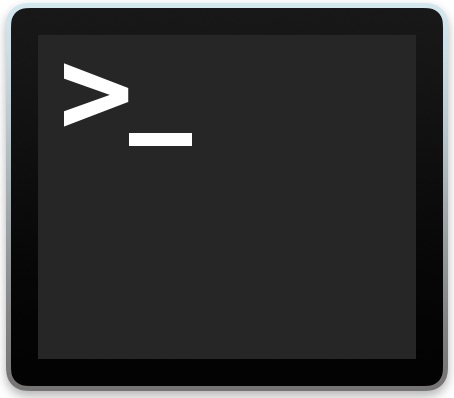
Go to OSX Daily to read Changing MAC Address in macOS Big Sur & Monterey with mac-spoof If you want to change your MAC address in macOS Monterey or Big Sur, you can use the traditional method to spoof a MAC address, or you can use a slightly easier approach by using a command line…
-
invalid active developer path (/Library/Developer/CommandLineTools)
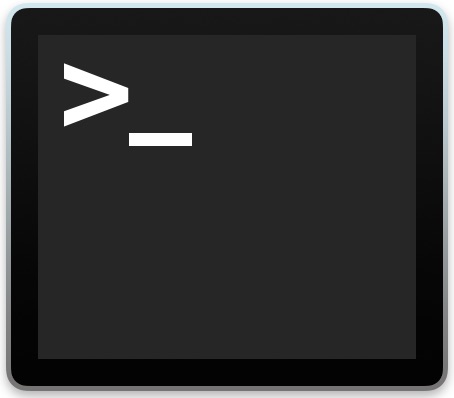
Go to OSX Daily to read invalid active developer path (/Library/Developer/CommandLineTools) Some Mac Terminal users may discover git, pip, HomeBrew, and other command line tools may fail or not work as intended with an error message stating “xcrun: error: invalid active developer path (/Library/Developer/CommandLineTools)”. Sometimes these command line tools stop working after a macOS system…
-
How to Reset MacOS Password with Terminal
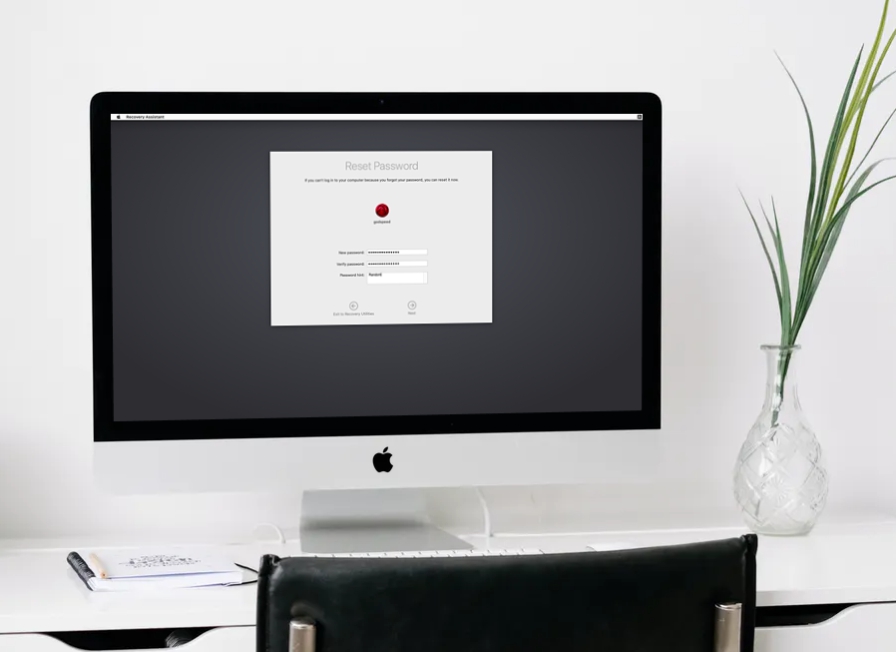
Go to OSX Daily to read How to Reset MacOS Password with Terminal Can’t log in to your Mac because you forgot or lost your user password? That can be stressful, but don’t freak out quite yet. Whether it’s your primary admin password or password to a standard user account on someone else’s mac, you…
-
Make an Intel Mac Boot Directly to Startup Manager
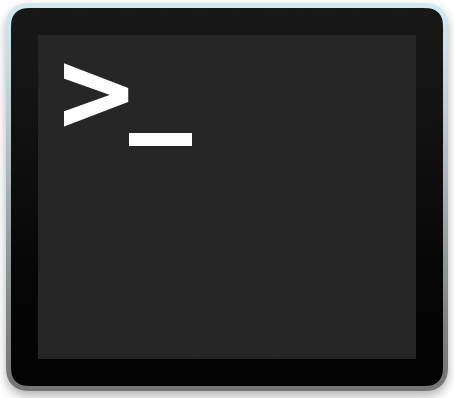
Go to OSX Daily to read Make an Intel Mac Boot Directly to Startup Manager If you have an Intel Mac, you can make it boot directly into the boot disk options startup manager by issuing an nvram terminal command. This could be helpful for advanced users in particular whether they’re troubleshooting, have dual boot…
-
How to Update Homebrew on Mac
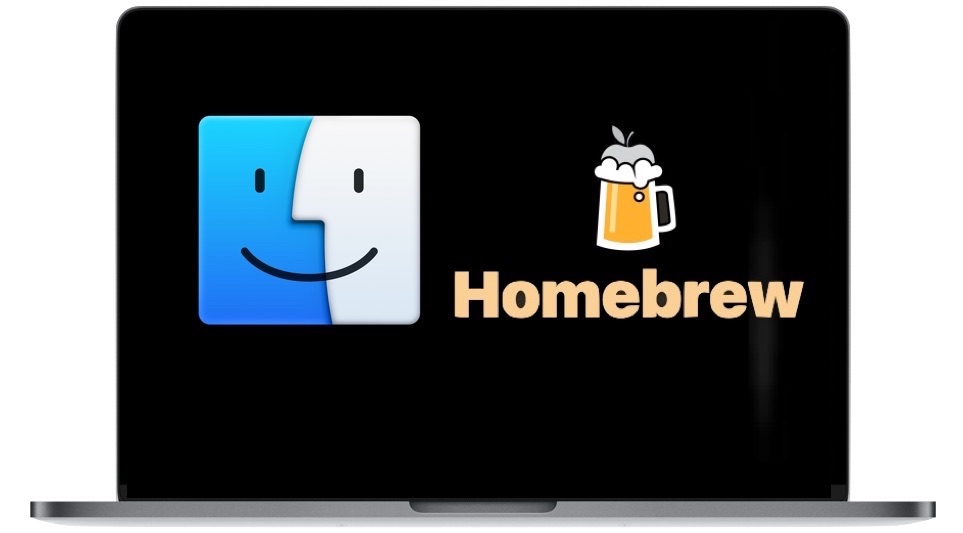
Go to OSX Daily to read How to Update Homebrew on Mac Want to update Homebrew and your packages? Of course you do! Homebrew is a popular package manager for Mac that easily allows users to install and manage command line tools, apps, and utilities, typically familiar with the Linux and Unix world. Because it’s…
-
How to Make a MacOS Big Sur ISO File
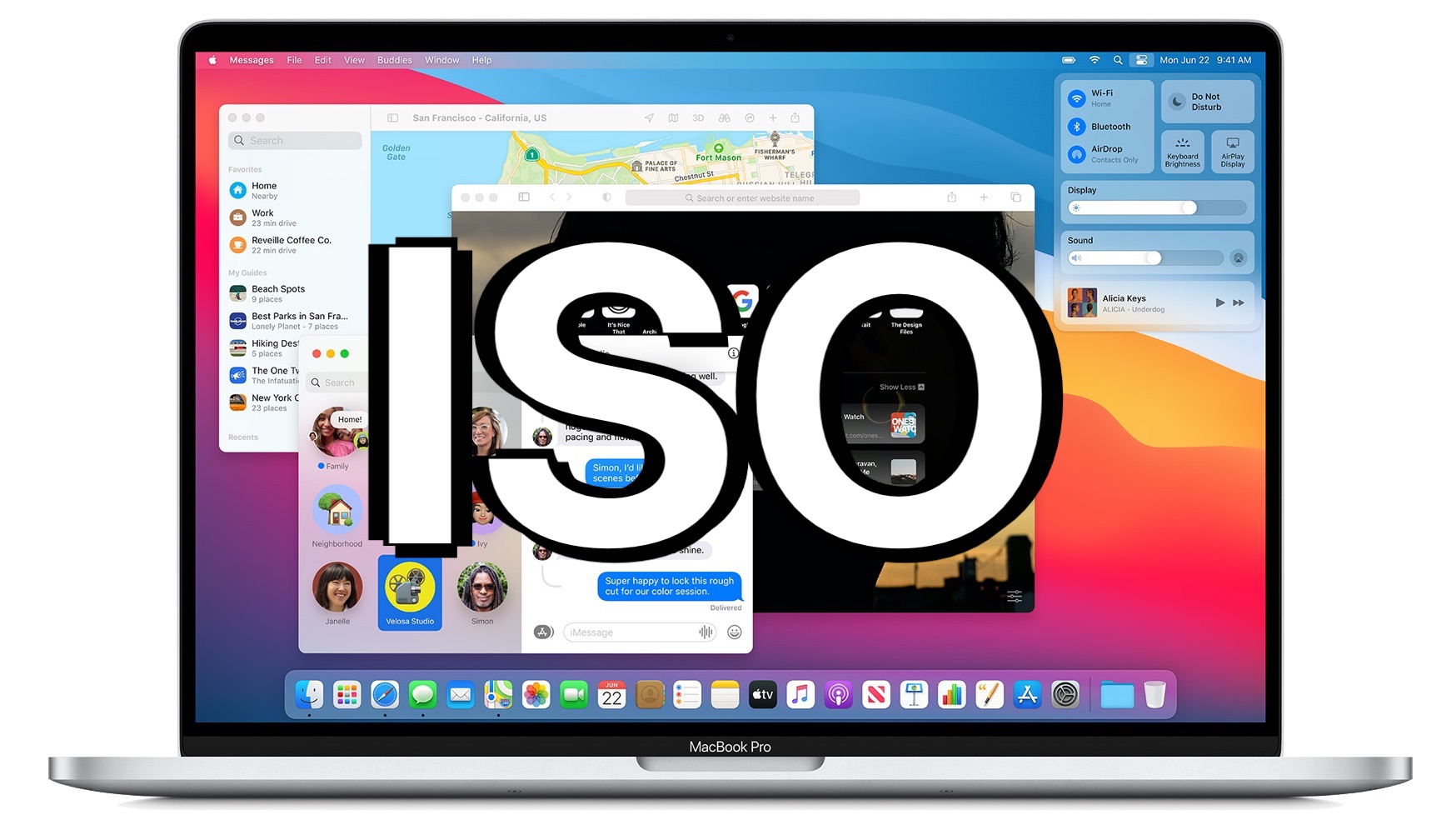
Go to OSX Daily to read How to Make a MacOS Big Sur ISO File Some advanced users may wish to create an ISO file of the macOS Big Sur installer file (or MacOS Catalina installer, or MacOS Mojave installers for that matter). These can be useful for installing MacOS into virtual machines like VirtualBox…
-
How to Run Homebrew & x86 Terminal Apps on M1 Macs
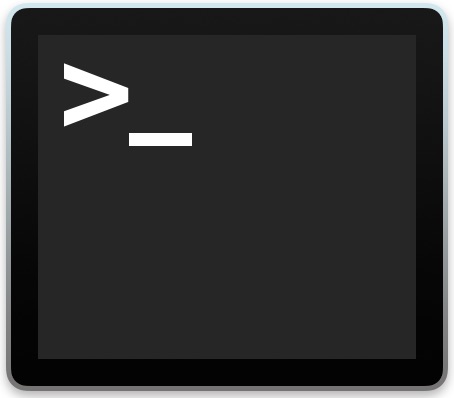
Go to OSX Daily to read How to Run Homebrew & x86 Terminal Apps on M1 Macs If you’re one of the early adopters who acquired an M1 Apple Silicon Mac and find that Homebrew and many other x86 terminal apps don’t yet have support for the new Arm architecture, you’ll be happy to know…
-
How to Copy at Command Line Showing Progress & Speed Indicator
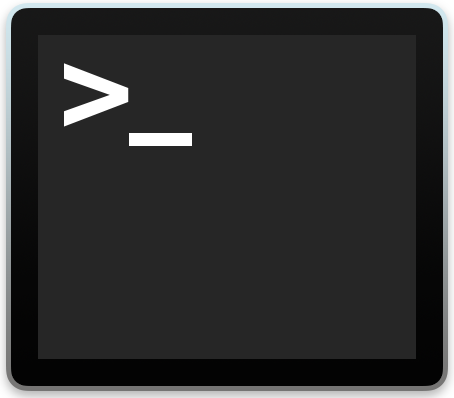
Go to OSX Daily to read How to Copy at Command Line Showing Progress & Speed Indicator Ever wished you could see the transfer progress and speed of copying files at the command line? If you’re familiar with the command line of Mac OS, Linux, or any other Unix operating system, you likely use the…
-
How to Create macOS Big Sur Beta Bootable USB Install Drive
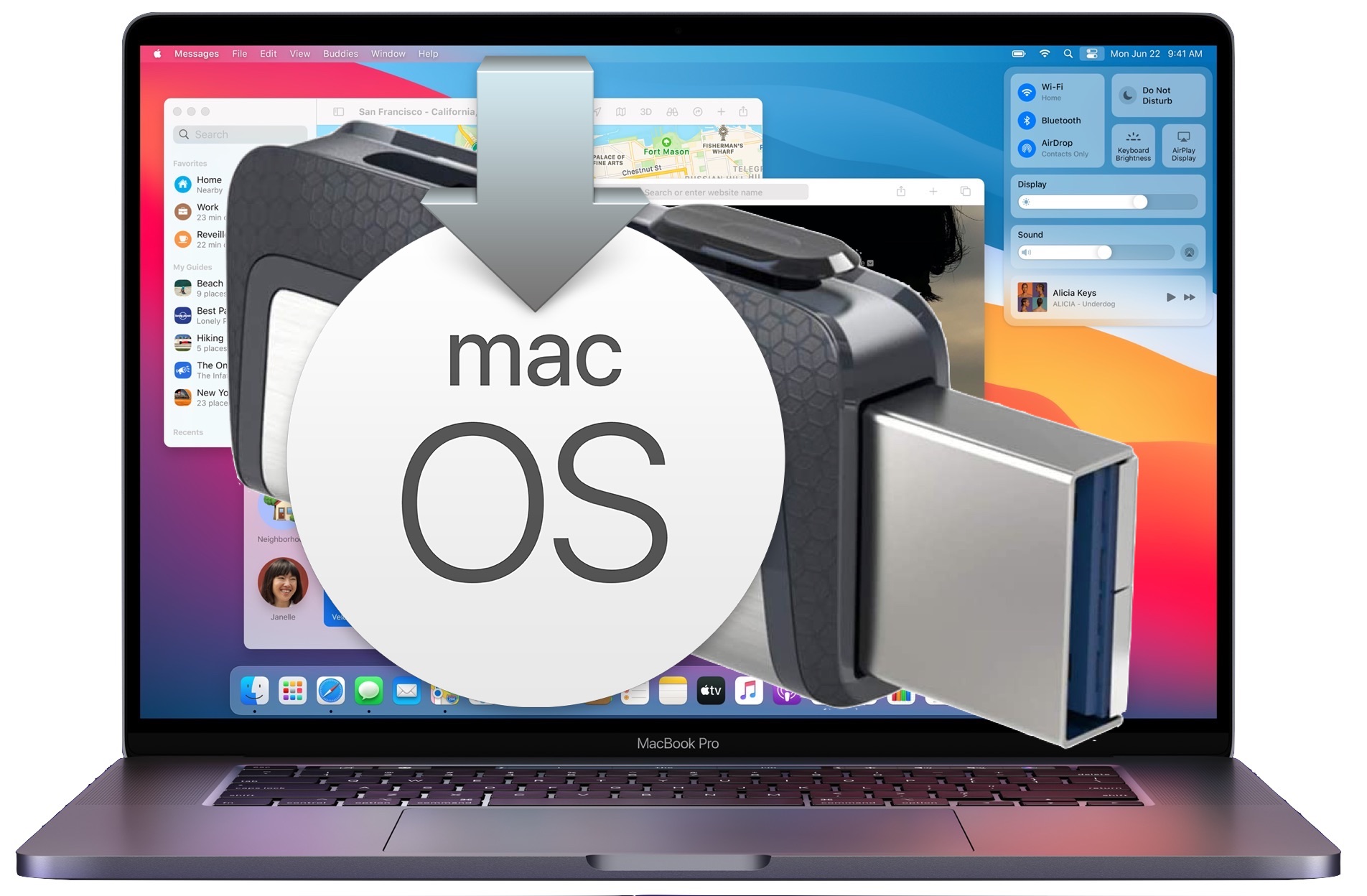
Go to OSX Daily to read How to Create macOS Big Sur Beta Bootable USB Install Drive Advanced Mac users often want to make a boot disk installer for macOS Big Sur beta, allowing for something like a USB flash drive to be used to boot and install macOS Big Sur onto any compatible Mac.…
-
How to Convert a MacOS Installer to ISO
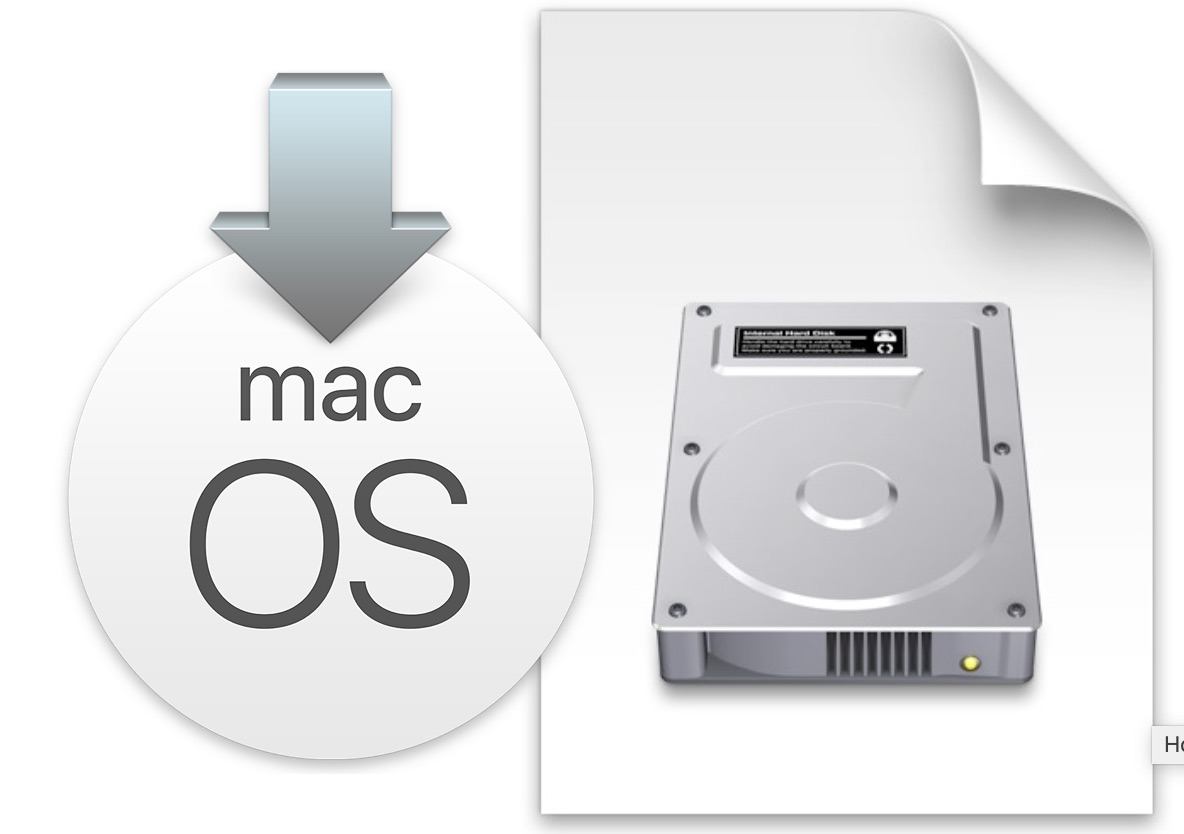
Go to OSX Daily to read How to Convert a MacOS Installer to ISO Advanced Mac users may wish to convert a MacOS Installer application into an ISO file. Typically the resulting installer ISO files are used for installing macOS into virtual machines like VMWare or VirtualBox, but they can also be used to burn…
